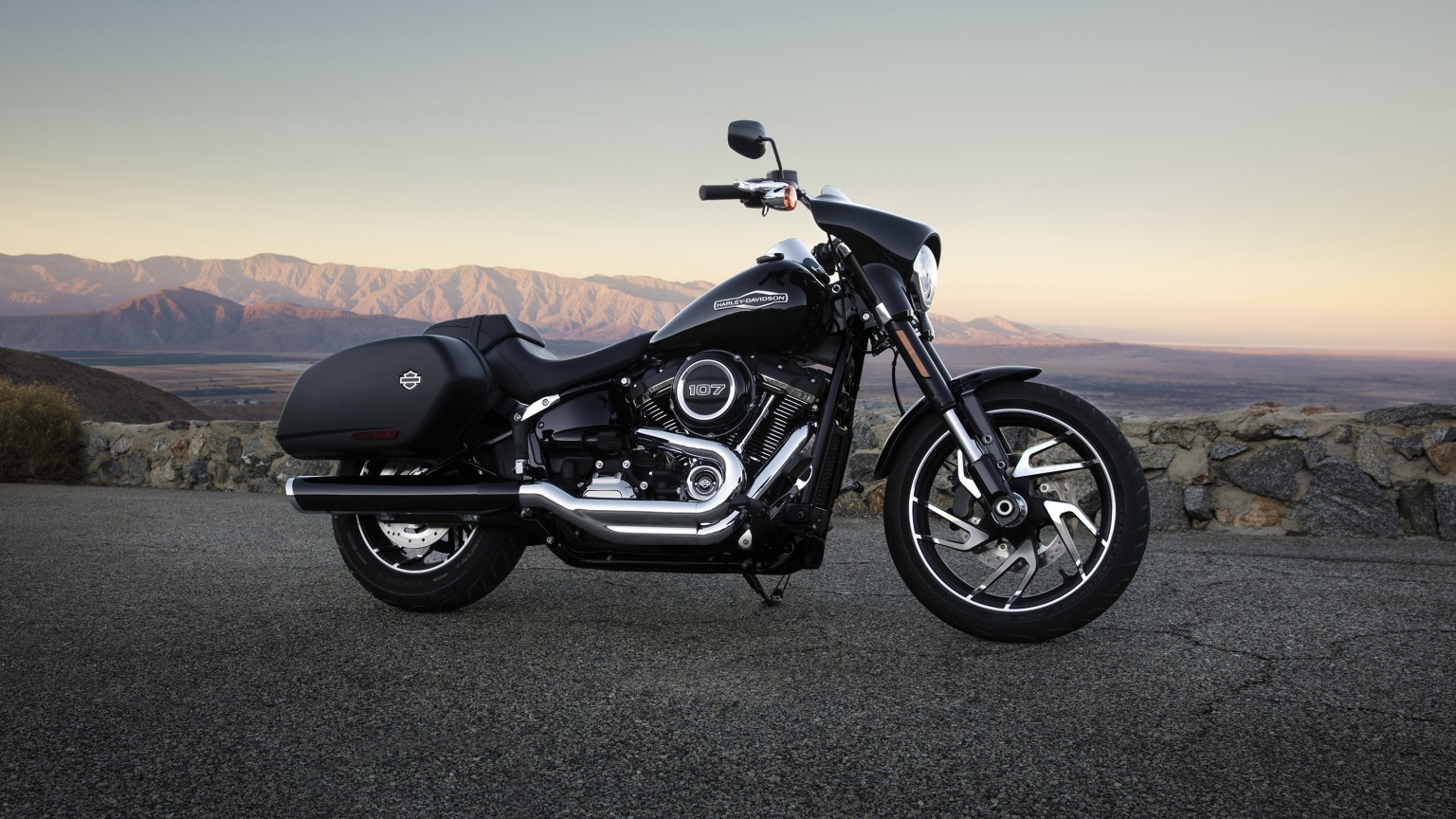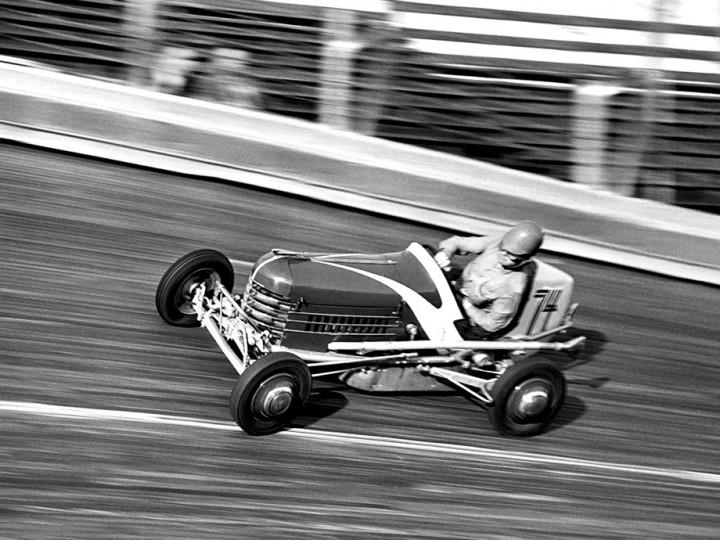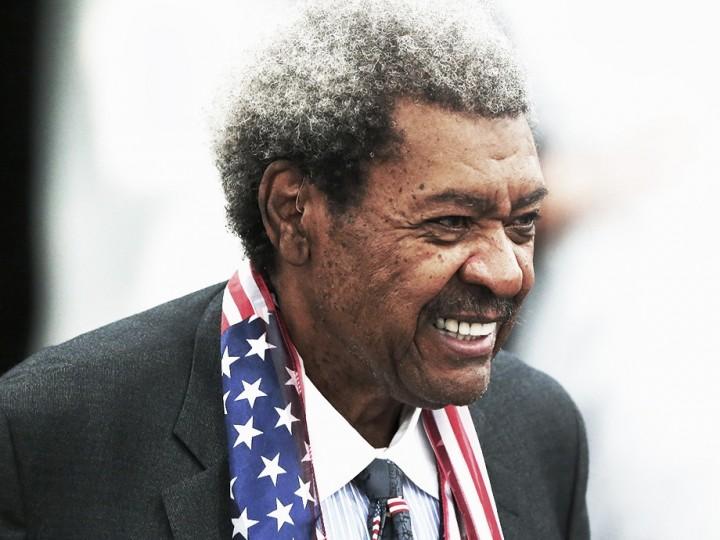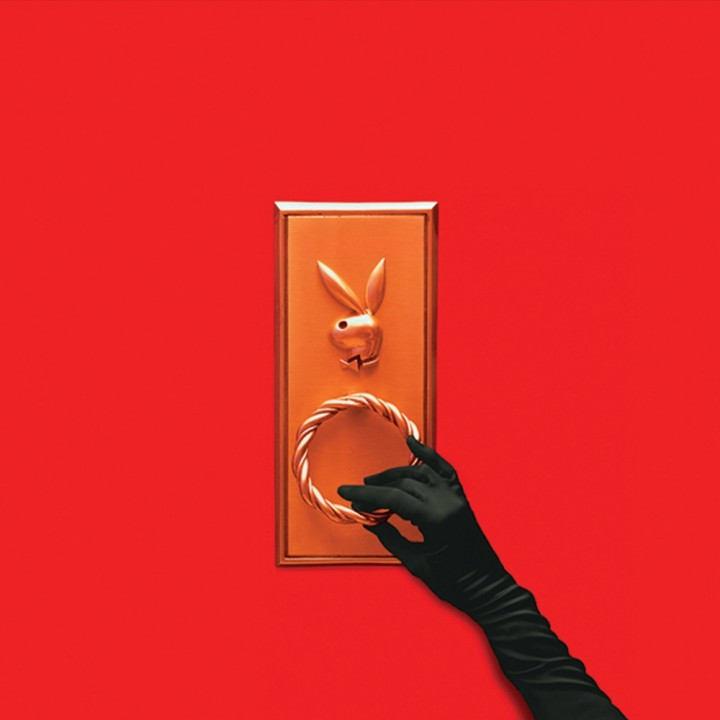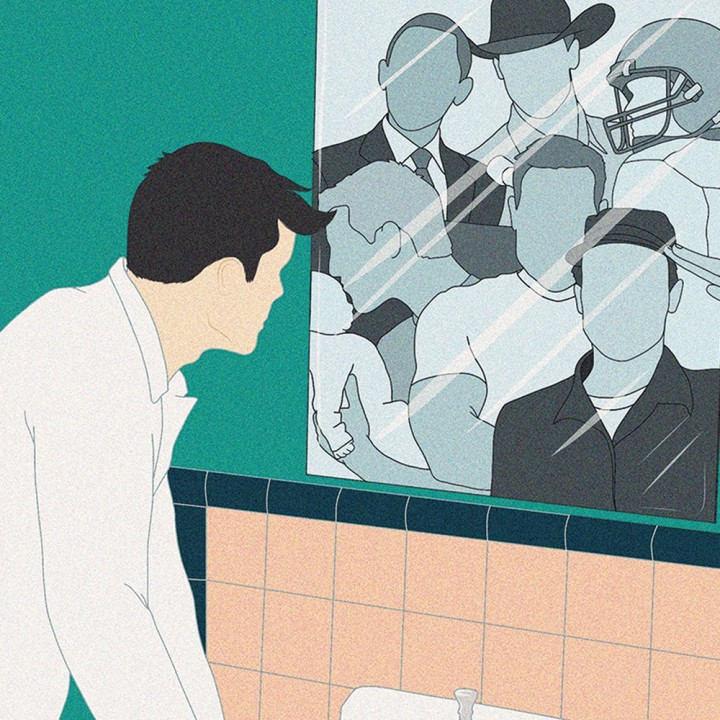
The Future of Motorcycles
His iron horse gleams with chrome and shakes the earth with its booming exhaust notes. Clad in heavy boots, beat-up jeans, a black T-shirt from some heritage rock concert and a leather vest, he defies fate by forgoing a helmet—letting his long hair and knotted beard rip through the wind as freely as his spirit
With sales declining and their most loyal customers aging out of the market, the American motorcycle industry is downshifting. As perhaps the most risk-aversive generation in American history arrives at buying age, an industry selling a product that is deliberately primitive by its very nature struggles to attract would-be customers more obsessed with technology and creature comforts. It all leaves companies that build and sell bikes in the U.S. facing difficult and immediate decisions.
Harley-Davidson, the biggest and most successful U.S. motorcycle company, stands front and center as the poster child for the biker builder blues. No operation is more married to that iconic American biker than this mover of Milwaukee metal, and no entity in the industry is more threatened by that tough guy’s retirement.
Sales at Harley-Davidson declined each of the last three years, with buys falling 12 percent in the first quarter of 2018. The share price of Harley's stock fell just south of 20 percent so far this year. The ongoing struggles led to restructuring across multiple departments and the closure of a factory in Missouri with the total loss of about 400 jobs. And the American brand recently announced that—thanks to growing tension over taxes between Trump and the Europe Union—they will be moving a portion of production out of the United States to avoid a 25 percent tariff raise on motorcycles. Even with the quick pivot, Harley is said to potentially lose another $100 million following Europe’s new tariffs. In its official regulatory filing this week, the company said they are "increasing international production to alleviate the EU tariff burden is not the company's preference, but represents the only sustainable option.”

Even while that party was underway, the Harly promotion team tried to use all the fuss to introduce motorcycles with fresher styling to younger riders, women, ethnic minorities, Europeans and Latin American markets. Heather Malenshek, vice president of marketing, acknowledges the obvious troubles and says the response includes renewed understanding of their evolving customer base. “We continue to face a challenging market, but the domestic motorcycle market will not grow unless we work to make it happen,” Malenshek says. “It requires that we think differently and invest in the vitality of the sport long-term. We’ve sharpened our customer-led approach to include a deeper understanding of consumer life stages, cultural shifts and where people are in their riding journey.”
Whether the test is employment, saving money or taking physical risks, the numbers say the majority of current 18-to-35-year-olds in the States avoid taking chances. Consider their investment habits. According to a study from the Brookings Institute, 52 percent of millennials keep their money in cash, and almost three quarters have less than $1,000 in savings. The experts blame a generational mistrust of corporations and a fear of the financial industry as much as an unwillingness to take long term chances.
How can you not see the parallels between the rise of technology and the detachment from doing things that are as real, visceral and potentially dangerous as riding a motorcycle?
